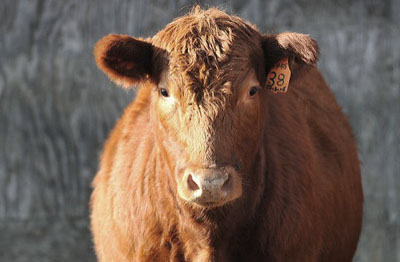Kernel BVDV Antibody Test Kit is a rapid and specific presumptive screening test for the dection of antibody to Bovine Viral Diarrhoea Virus in serum, plasma and (bulk) milk of cattle.
Bovine Viral Diarrhoea Virus (BVDV) belongs to the genus Pestivirus of the family Flaviviridae and occurs worldwide. The virus causes aborts in pregnant cows and an infection leads to major financial damage to milk producers.A BVDV infection during pregnancy may result in infection of the fetus through transplacental spread of the virus and cause the calve to be persistently infected. Persistent infective animals continuously shed the virus into the environment resulting in an acute infection in other cattle. Persistently infected animals have no or low levels of specific antibodies.
The Kernel® BVDV Ab detects antibodies against different subtypes of BVDV (Ia, Ib, and II) in serum,plasma and (bulk) milk samples of cattle. The test can be used to diagnose BVDV infections of individual animals or on a herd level. BVDV infections in individual animals can be monitored by titration of paired (at least 4-weeks interval) samples. Moreover, the test is a valuable tool in large-scale screening and eradication programs. In addition, the Kernel® BVDV Ab can be used (although not extensively validated) to identify pestivirus specific antibodies in sera from sheep and pigs.
The Kernel® BVDV Ab employs two monoclonal antibodies (mAb). The two mAb’s recognize different epitopes located on the highly conserved NS-3 nonstructural protein (P80) of BVDV. One mAb is coated to the plate and the second mAb is used as a conjugate. Undiluted test sera, plasma or undiluted (bulk) milk samples are simultaneously incubated with inactivated BVDV antigen in the wells of the coated plate followed by a washing step. Subsequently, the working dilution of the conjugate is dispensed and after an incubation period a second washing step follows. In the subsequent step Chromogen (TMB) Substrate is dispensed to the wells and after incubation the colour development is stopped. Color development measured optically at a wavelength of 450 nm shows the presence of antibodies directed against BVDV.




